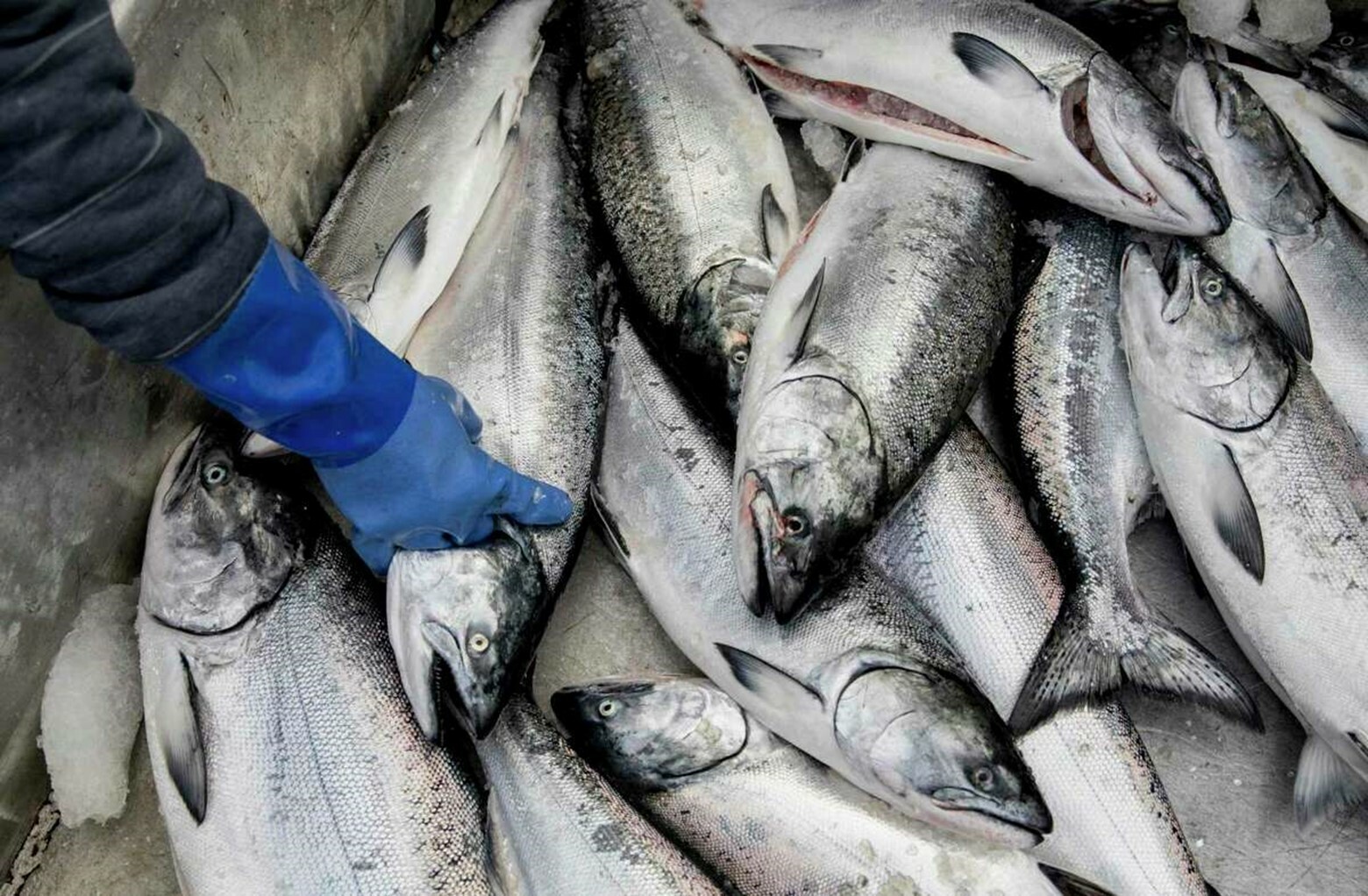
Report Date:
https://goldenstatesalmon.org/
At least one federal fishery manager suggested that the huge anchovy schools off the California coast attracted salmon from as far as Washington to join the feast. Coded wire tags implanted in Oregon and Washington salmon turned up in fish landed in California at several times the normal rate. We also know that Klamath River salmon were present in waters off our coast from Monterey to southern Mendocino in much higher-than-expected numbers and that there were many coho hooked in the ocean, presumably from out of state.
All of this suggests that California waters were the place to be for West Coast salmon in 2022. It also suggests that after the northern stocks left our waters to return home, we were left with fewer fish than hoped for. Another factor in what may turn out to be poor returns, is the effect of thiamine deficiency on salmon survival. This is a vitamin shortage that prevents eggs from hatching to healthy fry. This condition occurs when adult salmon in the ocean narrow their diet to only, or mostly, anchovies. The anchovies have a substance in them that bioaccumulates in the salmon and reduces needed thiamine
On top of all of this is three years of drought in the Central Valley that have contributed to higher water temperatures which in turn have killed incubating salmon eggs. Add it all up and things don’t look great even though survival of hatchery stocks has improved.
As of mid-November, it looked like only around 90,000 adult salmon had returned to the Sacramento Basin. Fishery managers were hoping the fishing seasons they set up last spring would result in closer to 190,000 adult fish returning. Long term fishery management goals call for a minimum of 122,000 adult salmon returning. Counting will continue until the end of the year.
The low returns so far, coupled with the much higher than expected catch of ocean salmon by the commercial fleet, means we’re very likely to see additional restrictions placed on the ocean salmon fishery in 2023. State officials are discussing putting trip limits on the commercial fleet. This could limit how many salmon they could land per trip. Fishery management sources tell us that new restrictions could apply to all ocean salmon fishermen, sport and commercial alike.
In addition to the growing recognition that existing fishery management models aren’t adequate, other factors very likely to affect ocean salmon fishing in the next several years include an expected low number of protected winter and spring run salmon. Fishery managers try to tailor when and where fishing is allowed to protect winter run, which co mingle with the non-protected fall run salmon that supply the fishery. Until now, protections for winter run were deemed adequate to protect spring run but that will likely change in 2023 due to increased hatchery production of winter run.
Winter run numbers are expected to be low because hot water in their upper Sacramento River spawning areas killed most of their eggs in the last three years. This in turn can be traced to water operation rules put in place by the Trump Administration in 2019 that allowed, some would say encouraged, water managers to drain Lake Shasta which robbed it of its ability to maintain cold water for salmon. An important note: In years when water temperatures are too warm for winter run, they are also generally too warm for the fall run salmon that supplies the fishery. Since we’re looking at the next three years to have poor winter run returns, we can also expect to see low fall run returns, except for hatchery fall run salmon that are trucked to the Delta and Bay.
This past summer, about 3200 winter run returned to spawn and, as in the past two years, hot water killed the majority of their eggs. One long term hopeful sign is that in addition to spawning in the upper Sacramento River, winter run are now starting to spawn in Battle Creek which is fed by cold springs coming off Mount Lassen. They’ve also experimentally been reintroduced in the cold McCloud River above Shasta Dam. The offspring of these McCloud fish will need to be trapped before entering Lake Shasta and released downstream of Shasta Dam.
American River temperatures were deadly to salmon until Nov 1 when they suddenly and drastically shifted to cooler, clearly demonstrating it’s within the ability of the reservoir managers (in this case the Bureau of Reclamation) to control the temperature of the river downstream of the dams. So why wait until the peak fall run spawn is over to cool the river?
Report Date:
Even in the middle of a drought, we’re seeing good fishing. Survival of hatchery fish is much higher than......
Report Date:
As the last commercial opener closed on June 12, good fishing was had just below the line at Pigeon Point.......